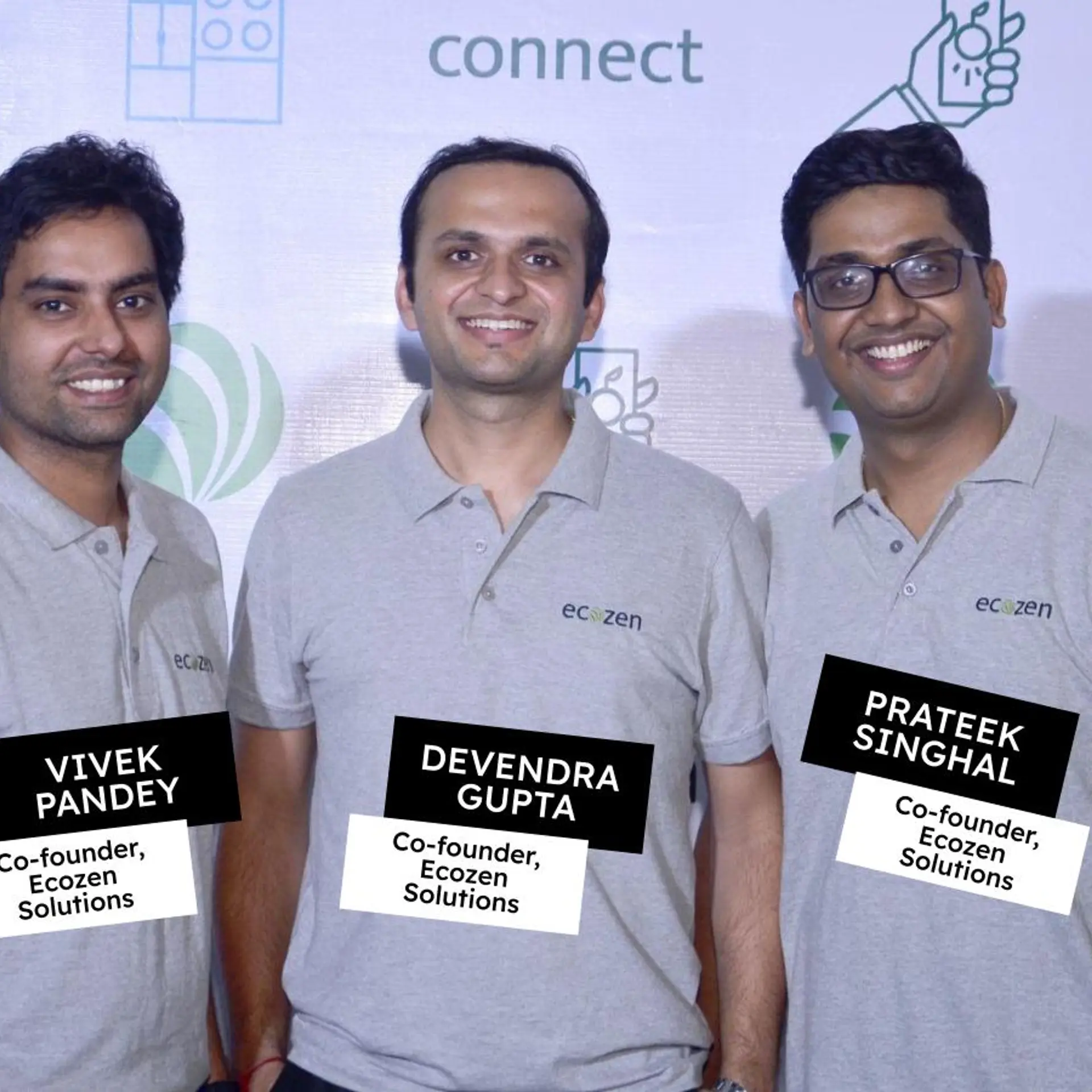Your crash course on zero-coding ML: An introduction to Google Cloud and its AutoML services
“What is the first thing you do when you are watching YouTube and the page is not loading?” asked KC Ayyagari, Startup Ecosystem Manager - India, Google Cloud for Startups.
Not surprisingly, many said, they would check the internet connection.
An answer that KC expected. “That’s right, most people take it for granted that YouTube will always be up and running. So, we at Google have built the capability to manage that expectation. And, how we have been able to do that is building our own infrastructure, which most people don’t get to see or know. For the last 18 years, we have pioneered and built our own hardware and software that are up to the mark, when it comes to speed, accuracy or related parameters. And, among the many things helping us do that job fairly well is having our own infrastructure, our own data centres. And, over the years what we have also done is open up the same infrastructure that we use today, as a managed service, so that businesses can leverage their strengths.”

In his hour-long masterclass at the 10th edition of TechSparks, KC demoed how to leverage Google Cloud AutoML capabilities for different use cases, the relevance of BigQuery and also shared some interesting facts and insights into Google’s cloud offerings and its network infrastructure.
Here are some interesting insights from the masterclass:
How Google carries almost 25 percent of the world’s internet traffic
“Today, the important piece of any cloud is the internet. The bisectional bandwidth of the internet today is approximately 200 TB per second, but Google’s bandwidth stands at 1300 TB per second. And, we are able to achieve that because of our network infrastructure. And, our data centres, software, hardware, and our network capabilities together combined, helps you build a powerful application, much faster. In fact, today we carry almost 25 percent of the world’s internet traffic.”
What makes Google’s network architecture different and the best in the world
“A typical network architecture in any kind of network cloud provider is hot potato architecture, which means a packet is given to the nearest location as soon as possible to reduce latency. Whereas in Google, we actually do a cold potato architecture, which means we retain the packet, because our network is way faster, retain it as much as possible in our own network and then give it to the nearest ISP provider. So, that's the kind of architecture we follow. Over the years, we doubled our efforts to build the world’s best low-latency high-scalable network infrastructure. And today, we probably can say that we have the best software-defined network.”
Proactive users of their own technology
“Google data centres consume a lot of power. So we took the data from our data centers, created our own model to control the temperature to make sure that it is optimal. So, we brought down the cost by 40 per cent by applying machine learning to control and induce cooling effects at our own data centres. A simple example that shows the practical use case of our own technology.”
The significance of Google Cloud
“All of our services are given to you for consumption in cloud.google.com. All google technology that is ready for the end-user with an SLA is available here. There are 100+ products in the area of Machine Learning, Big Data, Compute Engine, Kubernetes, Network, to other innovation solutions like Spanner. We are actively opening up a lot of services. For instance, in Google Cloud Next ‘19 we had 122+ product announcements. That has been possible because, we are not reinventing everything but exposing them in the right way and enabling organisations to get the maximum value out of it.”
Build a hulk or batman. The choice is yours with Google Cloud
“Cloud services are like lego pieces. They come in different forms and shapes. It’s up to your imagination whether you want to build a hulk or a batman. What we at Google are trying to give you are these Lego pieces, which you need to use to make a massive solution.”
ML solution for everyone
“In Google’s ecosystem, we have ML solutions for each and every section of the audience. If you are a data engineer or a data scientist, we have the Cloud ML Engine, for the researcher, we have TensorFlow, if you are an app developer and have no idea what ML looks like we have perception APIs. In a nutshell, we allow you to use your own models or even train your own models. But having said that, you need to understand what the APIs give you and align accordingly.”
Why the answer lies in ML
“But, if you want to build your own models with the data that you have, but still need to work on Google, the answers lies in AutoML. So AutoML is a solution where you need to follow the general practices w.r.t. data acquisition, exploration, preparation, feature engineering, model selection, training and then take it for predictions. In Auto ML, to do transfer learning, you can actually submit the data, run the model on our own model, and directly get the results.”
“Machine Learning is all about experimentation. The moment you do any experimentation, you have to come to the market quickly. If you keep on wasting your resources training, the data, it’s of no use. And, this is the problem we are trying to solve with AutoML. And, we have different types of AutoML services -- vision, video intelligence, natural language translation and tables.”
YourStory's annual extravaganza TechSparks brings together the best and the brightest from the startup ecosystem, corporate world, policymakers and, of course, the investor community. Over the past decade, TechSparks has grown to become India's most loved tech and startup platform for knowledge sharing and networking. A big thank you for all your support over the years and a big shoutout to our sponsors.








